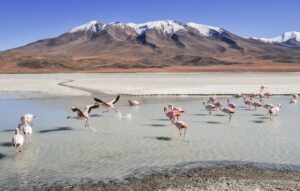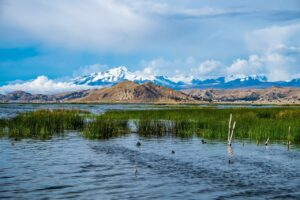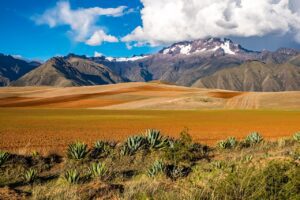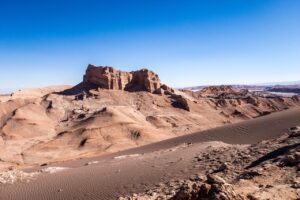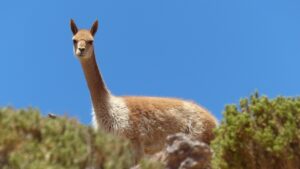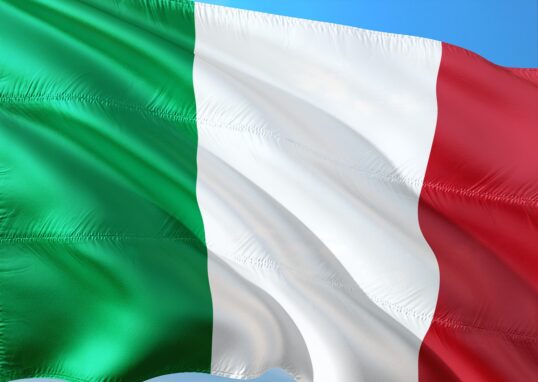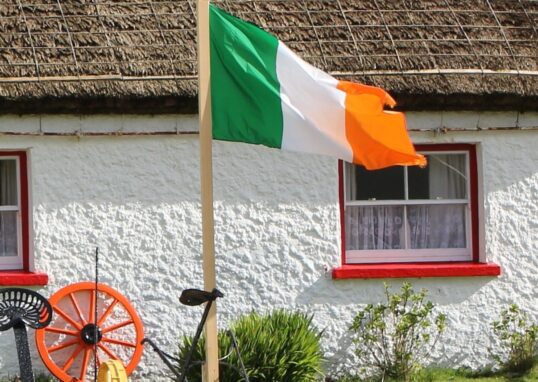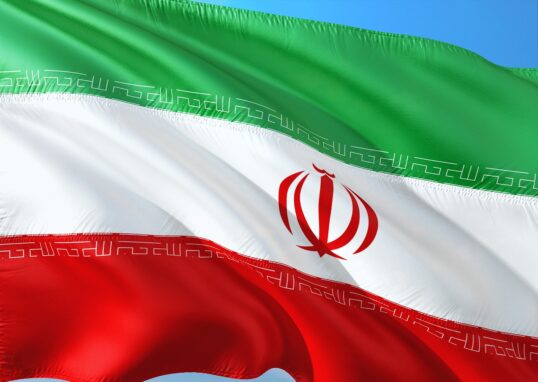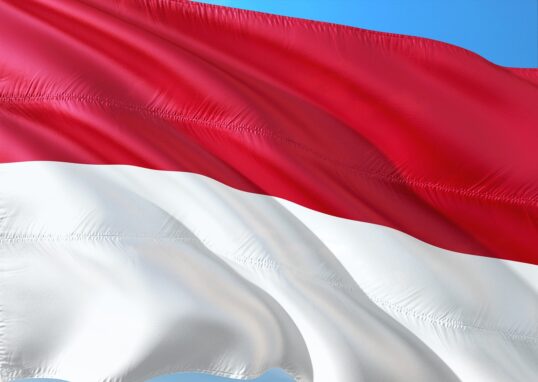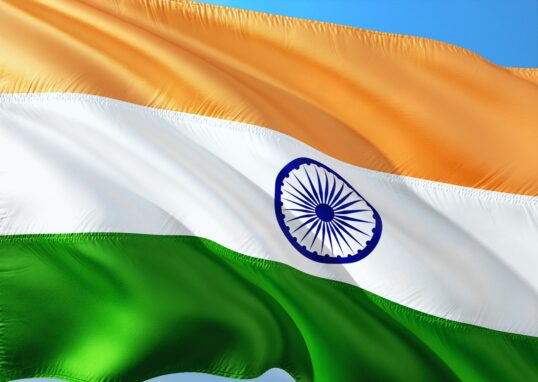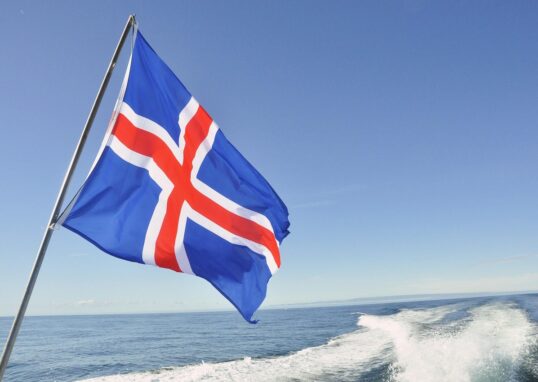
Bolivia – The Heart of South America
Bolivia is arguably the most beautiful and diverse country in South America. It has also been named the “Heart of South America” because it sits in the middle of the continent. The country is rich in history, culture, and natural beauty. From the mountain ranges of the Andes to the lush rainforests of the Amazon Basin, Bolivia offers a breathtaking mix of scenery and traditions. Here in this article, we will view the geography, population, culture, capital cities, tourist attractions, economy, and the surrounding area of Bolivia in full detail.
Geography and Location
Bolivia is a landlocked nation located in the center of South America. Paraguay and Brazil lie to its east and north, Argentina to its south, Chile to its west, and Peru to its northwest. It has a surface area of about 1,098,000 square kilometers, and it is the 28th largest nation globally. Although Bolivia does not have a coastline today, it once had access to the Pacific Ocean before that was lost to Chile during the War of the Pacific (1879–1884). To this day, Bolivia has a symbolic Navy in honor of that loss. Bolivia has three main geographical areas:
- The Altiplano – A ring of mountains surrounding a high plateau on which there are cities like La Paz and Oruro.
- The Valleys – A region of fertile land and temperate weather, ideal for agriculture and grape cultivation.
- The Lowlands – A tropical area that includes a section of the Amazon jungle as well as the Chiquitania region, a hotbed of wildlife and heavy vegetation.
Climate and Seasons
The climate in Bolivia is quite varied with respect to elevation. In the highlands, temperatures are cool to cold all year round. In the valleys, the weather is nice and moderate. It’s hot and humid in the lowlands.
Two seasons occur in the nation:
- The dry season (May to October) is best to travel to as roads are good and skies are clear.
- The rainy season (November to March) is characterized by heavy rain, especially in tropical regions.
History and Heritage
Bolivia has a past that goes back thousands of years. The nation was populated by advanced civilizations such as the Tiwanaku Empire, who lived between 500–1000 AD in the region around Lake Titicaca. Later, it was under the powerful Inca Empire. Spanish conquistadors settled there in the 16th century. Spanish colonizers found enormous amounts of silver at Potosí, and it was among the richest cities in the world during the colonial era. Much of the money went to Spain and not to the native people, and they suffered from forced labor. Bolivia gained independence from Spain in 1825, thanks to the work of leaders like Simón Bolívar, after whom the country was later named, and Antonio José de Sucre, who was its first president. Since then, Bolivia has seen its own share of political strife, wars, and social reforms but continues to keep its multicultural heritage close at heart.
People and Culture
Bolivia has a population of roughly 12 million. It is the most ethnically diverse country in South America. The Bolivians are either indigenous or mixed-race (mestizo). Bolivia has two main indigenous groups, the Quechua and the Aymara people, who still retain their languages and culture. Bolivia has 36 recognized indigenous languages, but the three major ones are Spanish, Quechua, and Aymara. Bolivian society is lively, religious, and highly nature-oriented. Traditional dance, music, and festivals are a common feature of everyday life. The Oruro Carnival, for example, is a UNESCO-designated celebration filled with masks, costumes, and folk dances in celebration of Christian as well as indigenous traditions. Food is also a core part of Bolivian society. Salteñas (meat-filled pastries not dissimilar from empanadas), Sopa de maní (peanut soup), and Pique macho (beef, potatoes, and vegetables) are a few of the widely enjoyed foods.
- Api morado (sweet purple corn drink). Bolivians are friendly, warm, and very strongly community-oriented.
Government and Economy
The Bolivian government is a democratic republic with a president as head. The country consists of nine departments: La Paz, Cochabamba, Santa Cruz, and Potosí. Bolivia relies highly economically on its natural resources. Natural gas, lithium, silver, and tin are among its wealth of natural resources. Bolivia contains some of the largest reserves in the world of the crucial metal lithium, which is used in electric car batteries. Agricultural production is also crucial. Quinoa, coffee, soybeans, and corn are cultivated by farmers, while tropical fruit grows in the lowlands. Tourism is developing rapidly, with visitors attracted by its natural beauty.
Major Cities in Bolivia
La Paz
La Paz serves as the capital of Bolivia and a city on the planet that is among the highest, with an elevation in excess of 3,600 meters above sea level. It is situated within a very deep valley surrounded by snow-capped mountains, with Mount Illimani being one of them. La Paz is renowned for its colorful markets, cable car system (Mi Teleférico), and lively culture. The Witches’ Market (Mercado de las Brujas) is not to be missed, offering herbs, potions, and Aymara traditional remedies for sale. Nearby, the Valley of the Moon features strange rock formations created by rain and wind.
Sucre
Sucre is Bolivia’s constitutional capital and a UNESCO World Heritage City. It has also been called the White City because its colonial buildings are whitewashed. Visitors love its old church, plazas, and museums. Sucre is where Bolivia celebrated its independence in 1825.
Santa Cruz de la Sierra
Santa Cruz is the most developed and biggest city of Bolivia. Santa Cruz lies in the lowlands and has a tropical climate. Santa Cruz is a commercial, trade, and agricultural center. Santa Cruz is also a gateway to nearby natural treasures like Amboró National Park and Noel Kempff Mercado National Park.
Cochabamba
Cochabamba is also known as the City of Eternal Spring due to its nice climate. It is found in a fertile valley and is known for its food, especially the large portioned dish like Silpancho. Christ of Concord statue here is actually higher than that of Rio’s Christ the Redeemer.
Potosí
Potosí, at 4,000 meters, was previously among the wealthiest cities on the planet due to its silver mines. The Cerro Rico (Rich Mountain) remains a symbol of the colonial era of exploitation. The old silver mines are accessible today and provide an insight into the city’s tough but interesting past.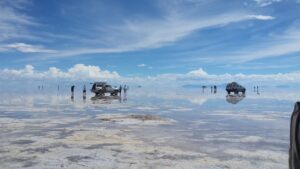
🏞️ Top Tourist Attractions in Bolivia
Bolivia is among South America’s most fascinating countries. It offers a mix of deserts, jungles, mountains, and ruins that are thousands of years old. Every location has its own magic, and every city has a story to share. From mystical Salar de Uyuni to spiritual Lake Titicaca, Bolivia’s attractions are simply unmatched.
Salar de Uyuni – The World’s Largest Salt Flat
Salar de Uyuni is the most famous tourist attraction in Bolivia. It is the world’s largest salt flat, covering an area of more than 10,000 square kilometers. The salt flat is located in southwestern Bolivia near the tiny town of Uyuni. During the dry season, the ground is a white, endless crystal desert of salt. It looks like a sea that is frozen. When it rains, a thin layer of water covers the surface and turns the entire salt flat into a massive natural mirror. The sky is reflected perfectly, creating an illusion of walking inside the clouds. Travelers can trek on Incahuasi Island, located in the middle of the salt pan. The island has giant cacti covering its surface and has a panoramic view of the white desert. Ancient salt hotels are also found there, where even the walls and chairs are made of salt bricks.
Lake Titicaca – The Sacred Lake of the Andes
Lake Titicaca is a must-visit site in Bolivia. It shares the border between Peru and Bolivia and is considered to be the highest navigable lake on earth with an altitude of 3,812 meters. According to Inca mythology, Sun and Moon were born on Lake Titicaca, and therefore, the lake is a sacred place in Andean culture. The Bolivian section of the lake is made up of the Isla del Sol (Island of the Sun) and Isla de la Luna (Island of the Moon). Tourists travel to the islands from Copacabana, a peaceful town on the lake shores. Isla del Sol offers stunning hiking trails, Inca ruins, and white-top peak vistas. There are no automobiles on the island, and tourists may reside in tiny eco-lodges while enjoying local food and culture.
La Paz – The City in the Clouds
La Paz is one of the highest cities in the world, at 3,600 meters above sea level. There are few experiences that match the ride on the Mi Teleférico, the highest and longest urban cable car system in the world. It links the different sections of the city and offers stunning vistas. Tourists may also explore the Witches’ Market (Mercado de las Brujas), where tourists may see vendors selling herbs, potions, and indigenous Aymara charms used in local ceremonies. Next to it is the San Francisco Church, a beautiful colonial architecture.
Sucre – The White City
Sucre is the constitutional capital of Bolivia and a UNESCO World Heritage City. It is also known as the White City for its stunning white colonial architecture. Sucre’s pleasant elevation of about 2,800 meters gives it a pleasant climate throughout the year. The city has many pretty churches, museums, and historical buildings. One of the most important places is the Casa de la Libertad (House of Freedom), where Bolivia declared its independence in 1825. It’s also possible to visit Parque Cretácico, a dinosaur park with hundreds of fossilized footprints preserved on a large rock wall, as well as other interesting landmarks. It’s a good place for families and historians. Sucre’s tranquil atmosphere, cobblestone streets, and beautiful plazas earn it the title of Bolivia’s most beautiful city. The city is also an ideal place to learn Spanish since there are many schools here that teach languages.
Potosí – The City of Silver
Potosí is another ancient city and a UNESCO World Heritage Location. It used to be one of the richest cities in the world because of its mines of silver. Cerro Rico (Rich Mountain), also world-renowned, supplied silver to the Spanish Empire in the colonial age. Tourists nowadays can take guided tours into the old mines to see how miners are still working in harsh conditions. Another site which needs to be seen is the National Mint of Bolivia (Casa Nacional de la Moneda), showing how silver coins were produced hundreds of years ago.
Madidi National Park – Nature’s Paradise
For nature lovers, Madidi National Park is a marvel. Located in the Amazonian basin, it is among the most biologically rich places on the planet. Scientists believe that Madidi may contain more animal and plant species than almost any other place on Earth. The park has jaguars, monkeys, macaws, tapirs, and pink river dolphins. Visitors tour the jungle through guided eco-tours that encourage local communities. Eco-lodges and river cruises allow visitors to visit the Amazon sustainably. Rurrenabaque town is the main gateway to Madidi National Park. Boats venture deep into the rainforest from there, offering unforgettable views of nature and wildlife.
Tiwanaku – The Ancient City
The Sun Gate, carved out of a block of stone, is Tiwanaku’s most celebrated monument. The site offers an extensive knowledge of pre-Columbian history and the advanced technical expertise of its originators. Tiwanaku is currently a UNESCO World Heritage site and Bolivia’s most important historical tourism site.
Eduardo Avaroa Andean Fauna National Reserve
In south-west Bolivia, along the border with Chile, Eduardo Avaroa Reserve is famous for its colored lagoons and surreal landscapes. The Laguna Colorada (Red Lagoon) and Laguna Verde (Green Lagoon) are two of the most dramatic Andean landscapes. There are thousands of pink flamingos, geysers, volcanoes, and hot springs in the park. The scenery is like another planet with red, green, and white deserts lined by mountains covered in snow. Every visit to the Salar de Uyuni by tourists features this reserve, and thus it is among the most visited natural attractions in Bolivia.
Oruro Carnival – A Festival of Colors
Every February, the city of Oruro hosts one of South America’s best cultural festivals — the Oruro Carnival. It is a Masterpiece of the Oral and Intangible Heritage of Humanity declared by UNESCO. The feast is a blend of indigenous and Catholic traditions. The dancers are dressed in bright costumes and devil, angel, and mythological creature masks. There is music in the streets, and piety and happiness everywhere. It is a day that nobody ever forgets as long as he visits Bolivia during the carnival season.
Amboró National Park
Amboró National Park, located near Santa Cruz, is a nature treasure where the Amazon meets the Andes. The park has waterfalls, rivers, and dense forests. It is home to over 900 bird species and hundreds of mammals. Visitors can hike along forest trails, swim in natural springs, and stay at eco-lodges. The park’s diverse environments make the park paradise for photographers and adventure-seekers.
Nature and Adventure
Bolivia is perfect for adventure travelers. Trekking and mountain climbing can be experienced in the Andes Mountains. Mountain bike riding takes place on the Yungas Road, or the “Death Road.” Jungle treks and wildlife excursions are available in the Amazon region. The range of landscapes—from desert to rainforest—make Bolivia unique.
Surrounding Countries and Regions
Bolivia shares borders with numerous interesting countries, each with an influence upon its trade and culture.
- Peru: To the northwest, Peru and Bolivia share Lake Titicaca. Tourists routinely visit both sides of the lake in one trip.
- Chile: To the southwest, Chile shares a border with Bolivia along the Atacama Desert. Both nations have complex historical ties stemming from the War of the Pacific.
- Brazil: To the north and east, Brazil influences Bolivia’s economy and culture. Bolivians routinely trade with Brazilian border towns.
- Argentina: To the south, Argentina’s Andean connection is handy for travelers to cover both countries.
- Paraguay: To the southeast, Paraguay and Bolivia share the Chaco region, dominated by dry forests and ranches.
Surrounding Attractions in Detail
Travelers who visit Bolivia often travel out to view surrounding attractions:
- Machu Picchu in Peru, an Inca citadel close to the border. San Pedro de Atacama in Chile, renowned for its desert landscape. Iguaçu Falls in Argentina and Brazil, reached by flights.
- Pantanal Wetlands, half in Brazil and Bolivia, ideal for those who like nature. Chaco National Park near Paraguay border, a glimpse of South American wildlife.
Conclusion
Bolivia is a country of contrasts, with ancient traditions clashing with natural beauty. It is mountains, lakes, deserts, and woodland. There is a tale around every corner — from the intrigue of Tiwanaku to the mirror-like Uyuni salt flats. The Bolivians, smiling and friendly, dressed in their colorful traditional outfits, provide an experience that will linger. Its cities possess the colonial history married with modern-day zest, and its countryside holds secrets of centuries past. To visit Bolivia is to step into a different world — one which is ageless, spiritual, and vibrant. It’s a treasure in the center of South America, waiting to be discovered.

